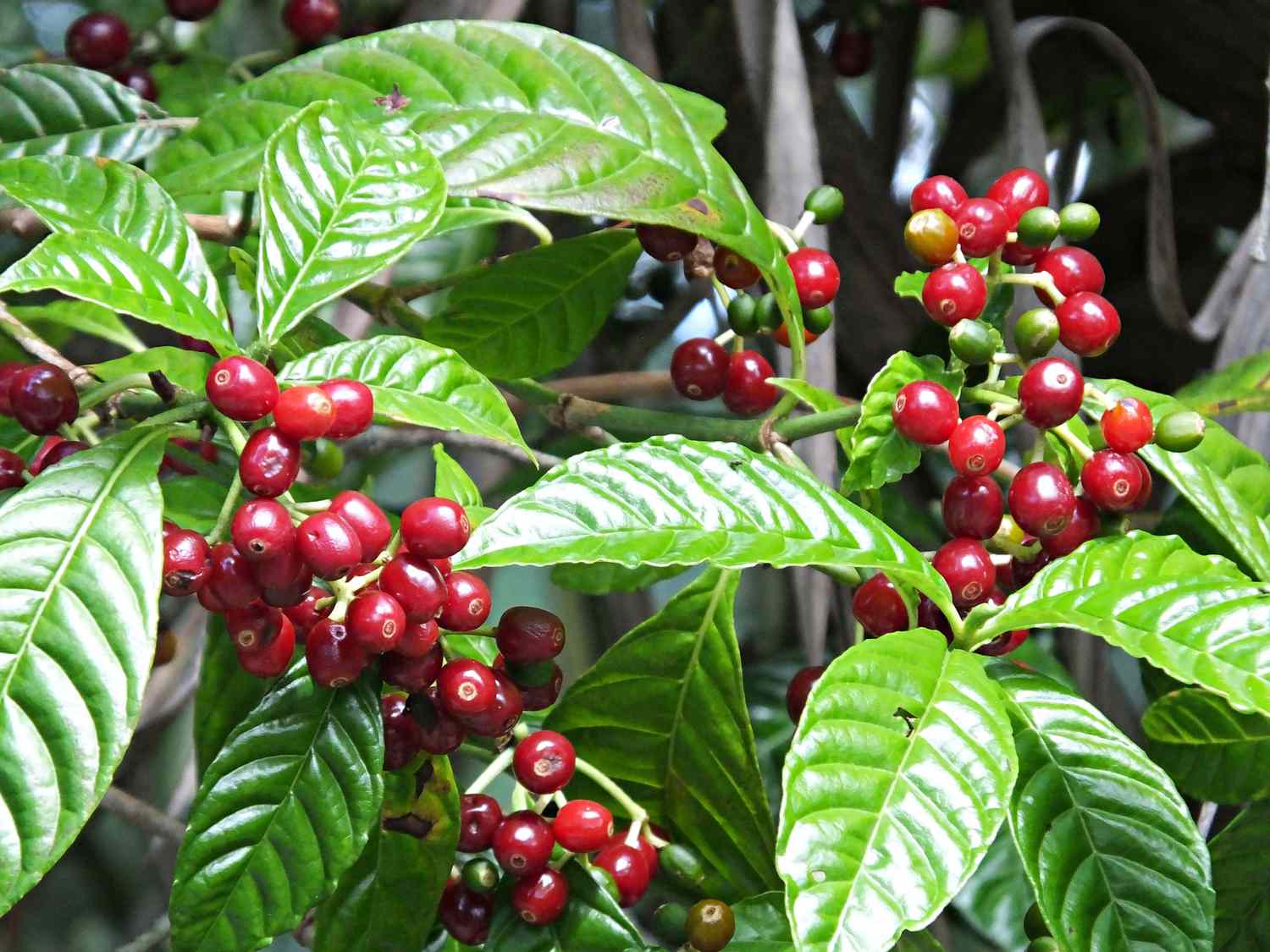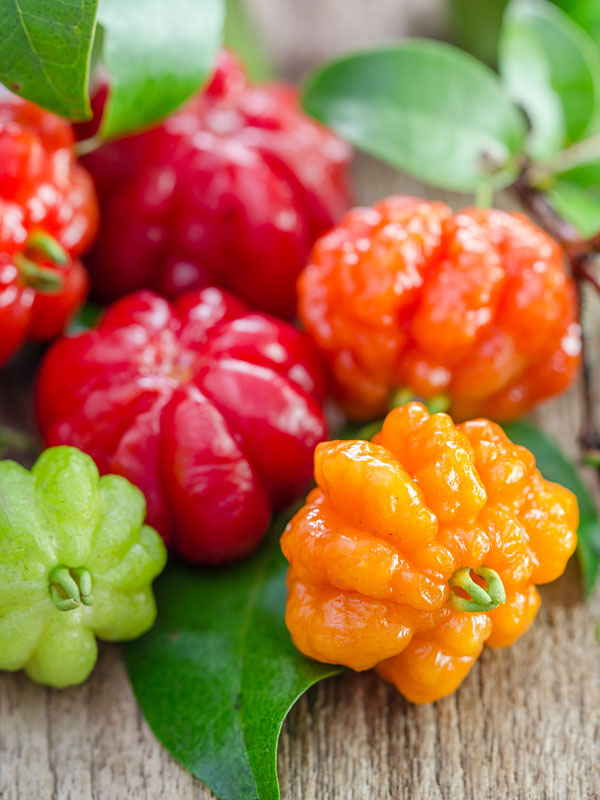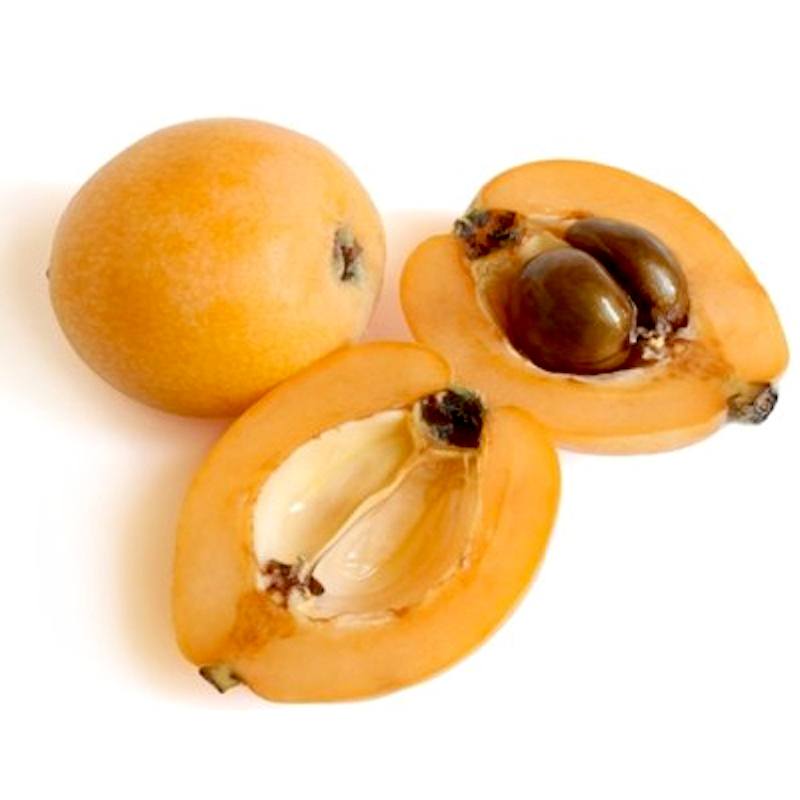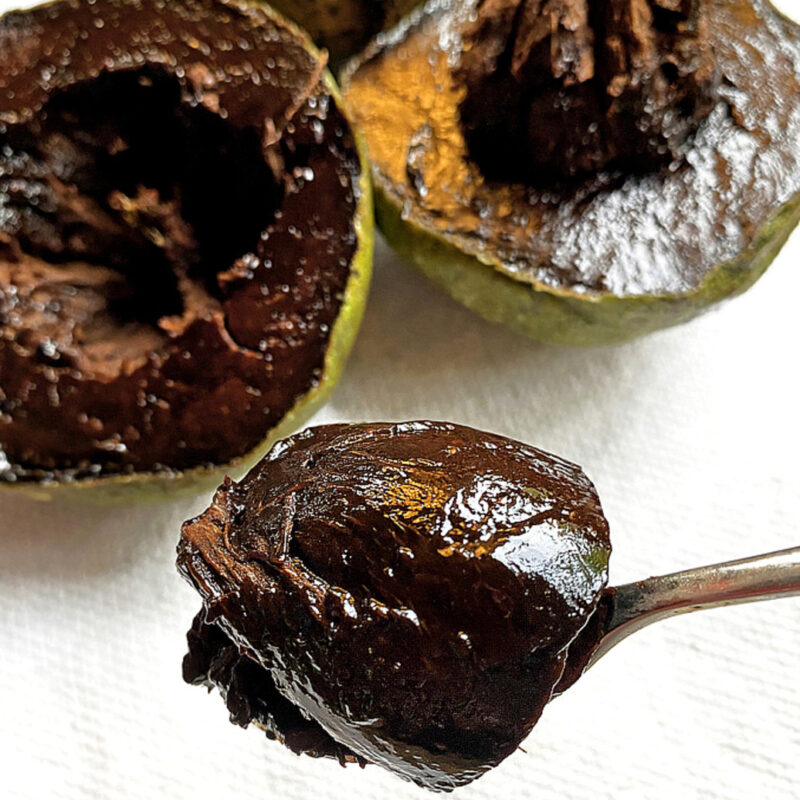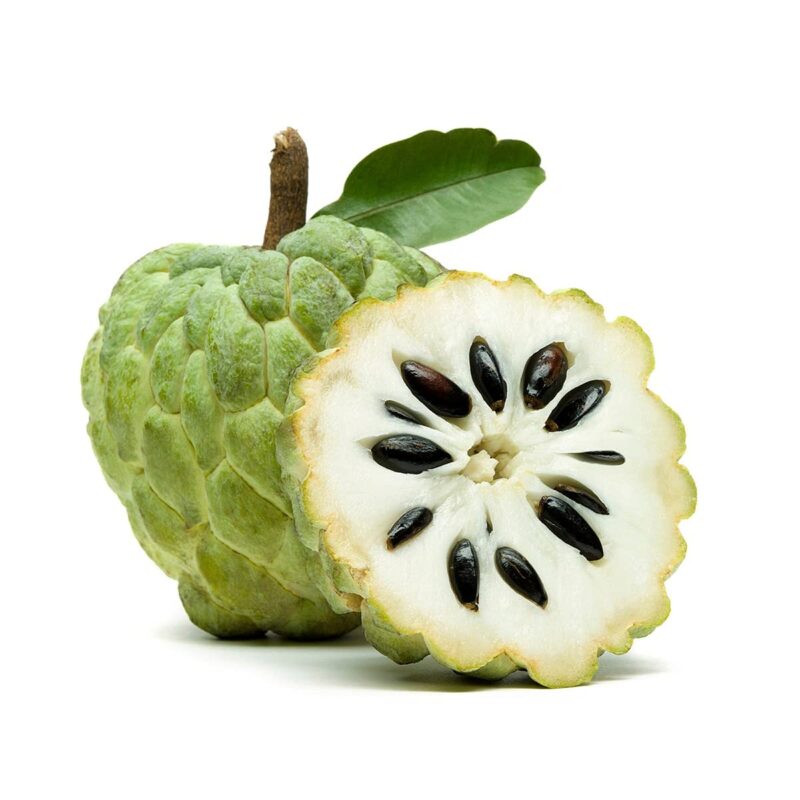
Grape (Maratheftiko)
02/02/2022Coffee tree
The coffee tree (Coffea) is an evergreen shrub that can grow between 2 to 4 meters tall, making it a suitable choice for both garden and container planting. This resilient tree thrives particularly well in Cyprus’s climate, prefferably in coastal areas, provided it’s cared for according to specific guidelines. With its glossy, dark green leaves and fragrant white flowers, the tree produces cherry-like fruits containing the prized coffee beans. Given the right conditions—such as protection from extreme temperatures, consistent soil moisture, and proper care—it can flourish and eventually provide you with your own coffee harvest.
€10.00 Original price was: €10.00.€7.00Current price is: €7.00.
19 in stock
Important Information
CARE INSTRUCTIONS
- Optimal Temperature Control: Ensure the plant is kept in a stable environment, ideally between 10°C and 35°C. Extreme temperatures can damage or stress the plant, so consider using shade or insulation during particularly hot or cold weather.
- Thoughtful Fertilization: Fertilize the plant once a month, but only when the soil is already moist. This prevents fertilizer burn and ensures the nutrients are absorbed effectively. Opt for a balanced, slow-release fertilizer to promote steady growth.
- Proactive Disease Management: Regularly inspect the plant for any signs of disease, such as discolored leaves, spots, or unusual growth patterns. Employ organic or chemical treatments as needed, and consider rotating preventive sprays to avoid resistance buildup.
- Strategic Wind Protection: Position your plant in a location that is naturally protected from strong winds, such as near a building or fence. You can also use windbreaks like burlap screens or other plants to shield it from damaging gusts.
- Balanced Soil Moisture: Keep the soil consistently moist but never waterlogged. Use mulch to help retain moisture and reduce evaporation, and check the soil regularly to ensure it’s neither too dry nor too wet.
- Ideal Soil Composition: Plant in rich, well-draining soil with a pH level of 5 to 7. Amend the soil with organic matter like compost to improve fertility and structure, ensuring the roots have access to essential nutrients and proper aeration. Regularly test the soil pH and adjust it if necessary to keep it within the optimal range.
Following these refined instructions will give your plant the best chance to thrive, ensuring it grows healthy and strong in its environment.
| Weight | 3.5 kg |
|---|---|
| Pot size | |
| Plant Height | |
| Light | |
| Enviroment |
Related products
-
Surinam cherry
€5.00 -
Loquat
€10.00Original price was: €10.00.€7.00Current price is: €7.00. -
Chocolate sapote
€12.00Original price was: €12.00.€10.00Current price is: €10.00. -
Annona Squamosa
€12.00Original price was: €12.00.€10.00Current price is: €10.00.

